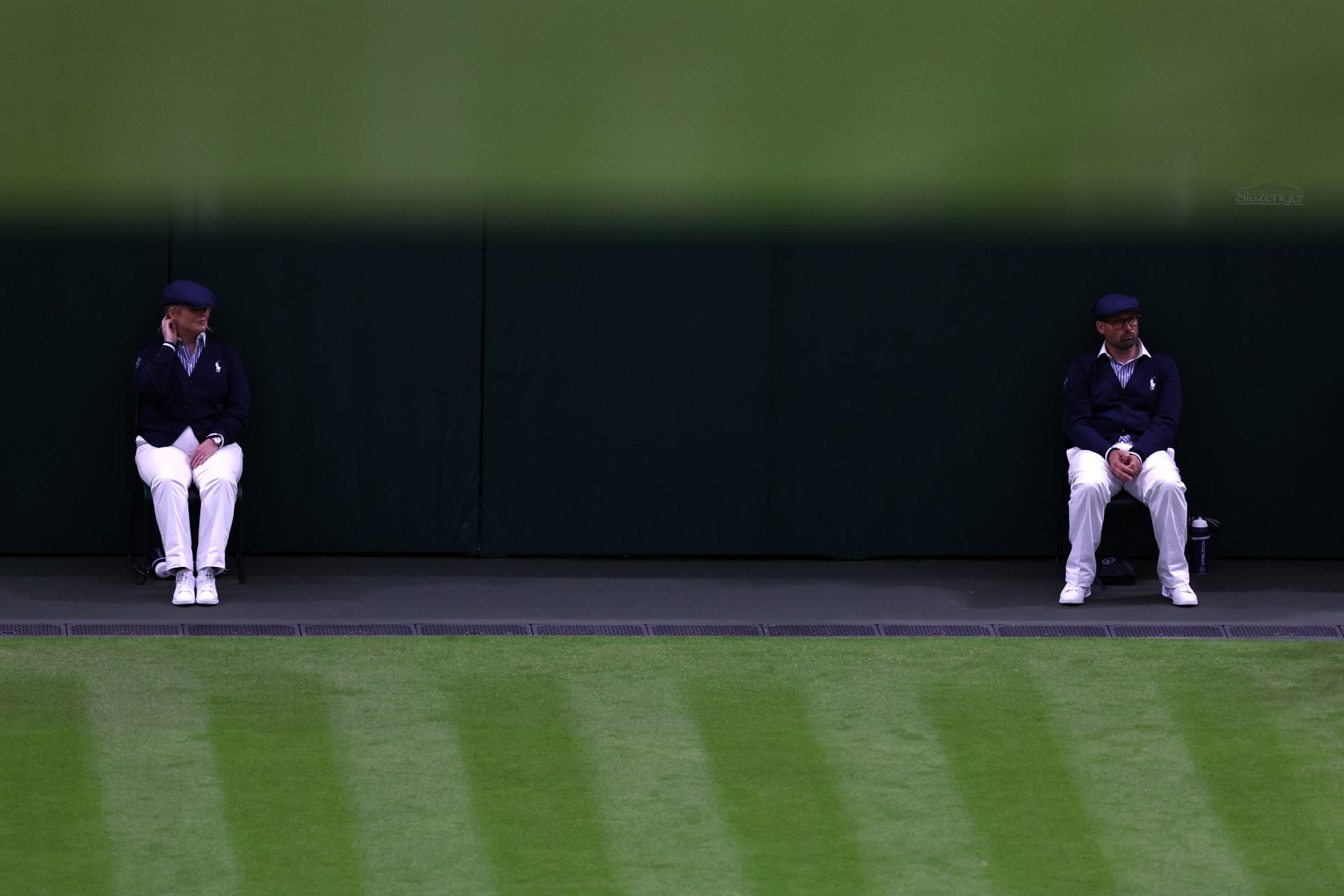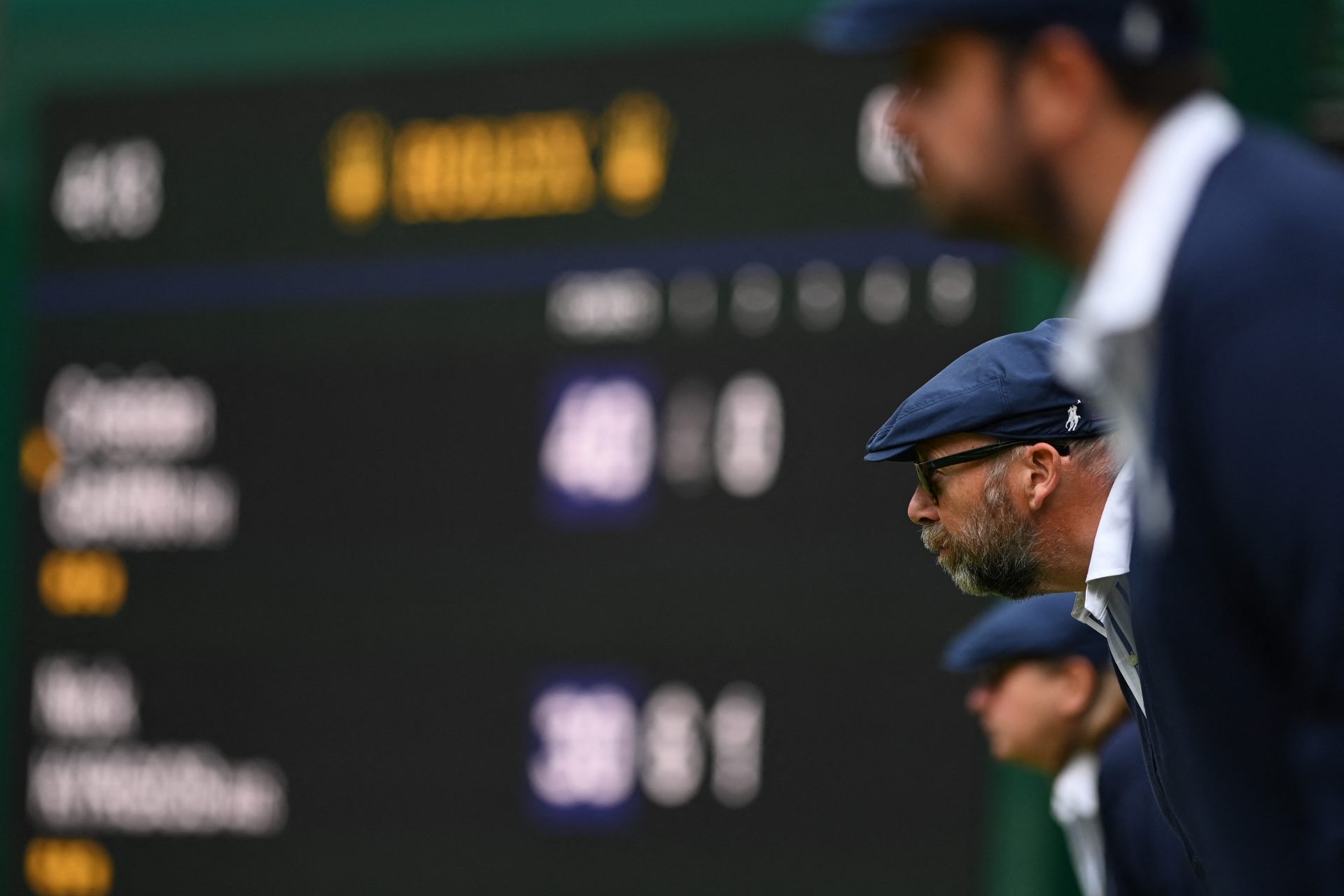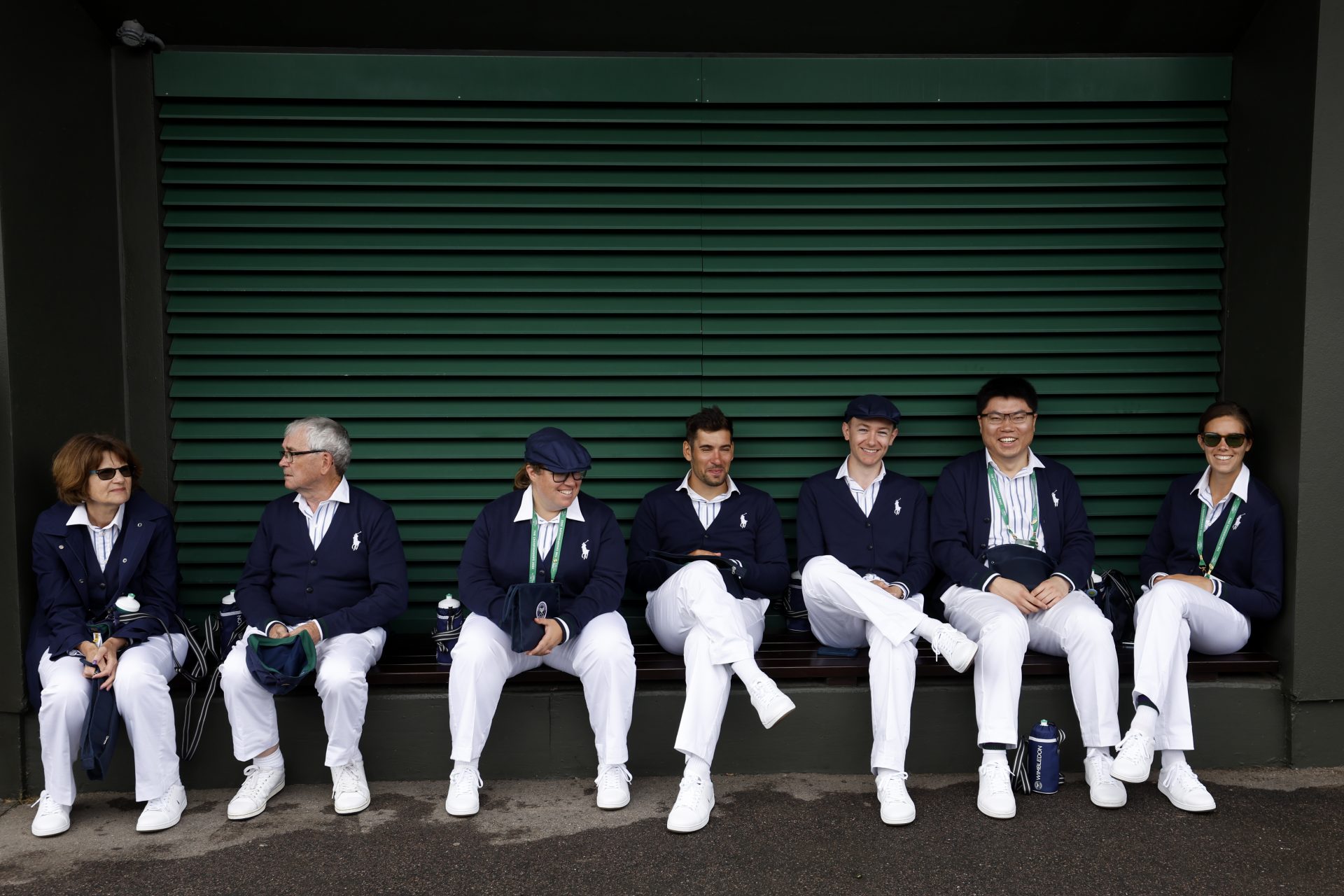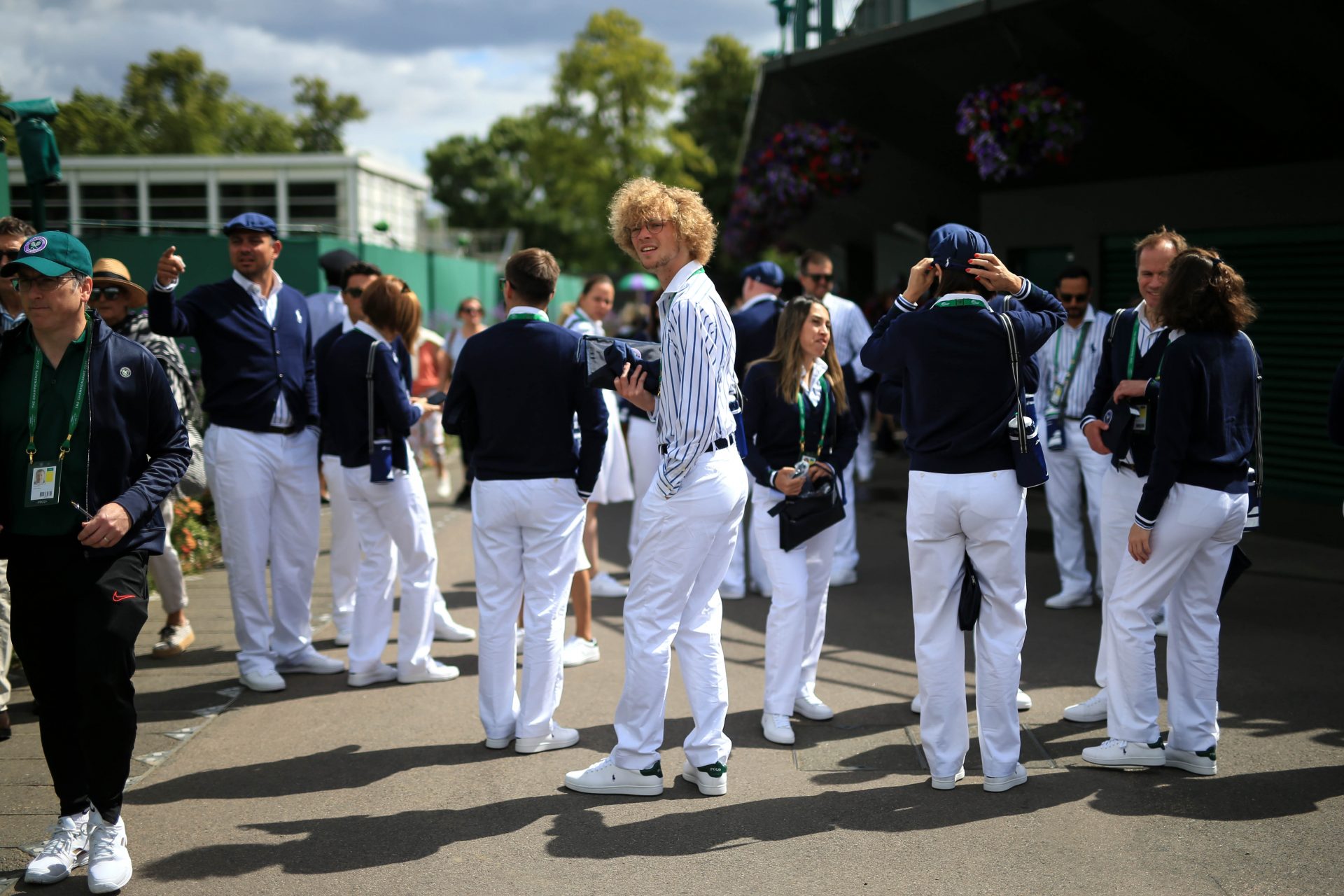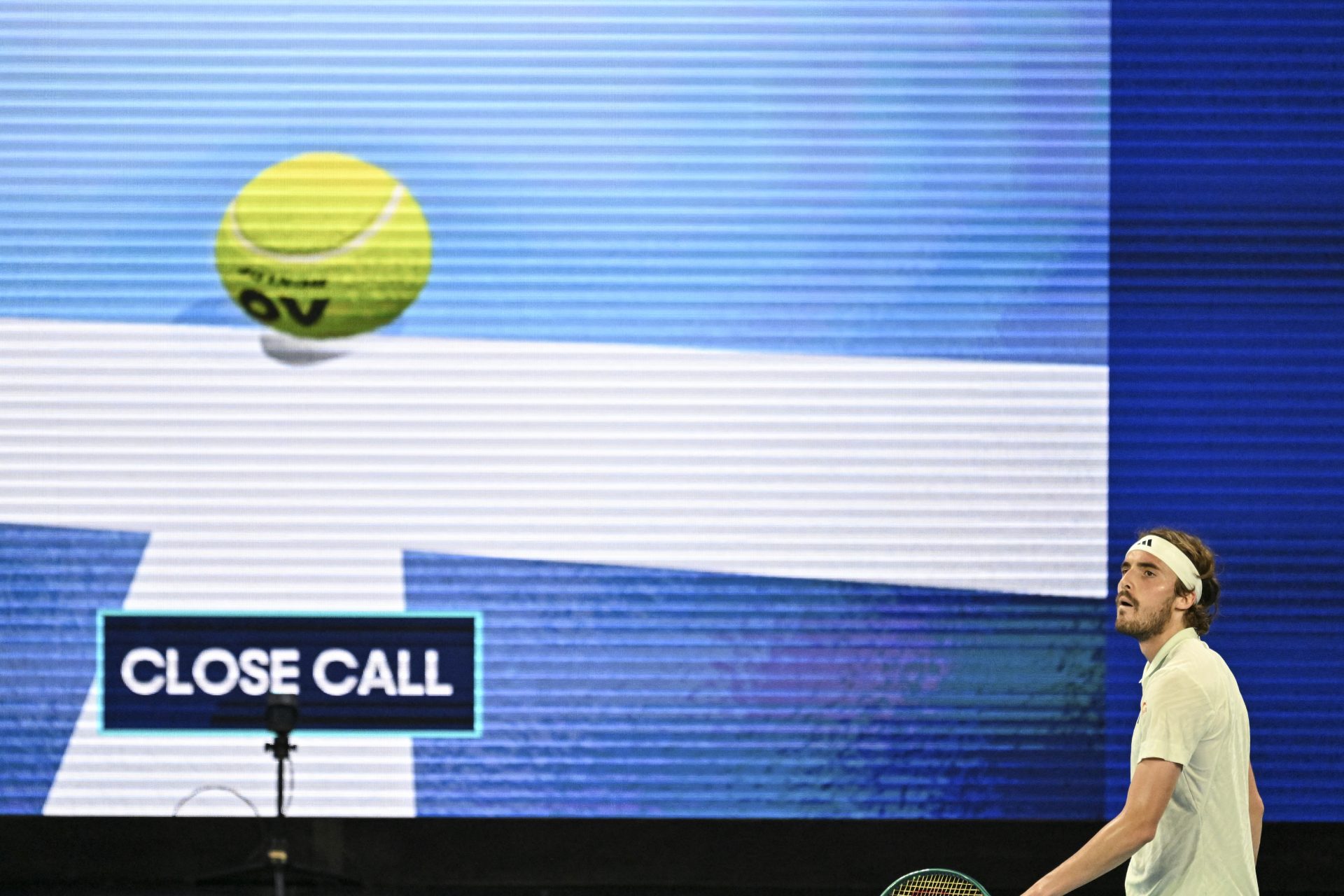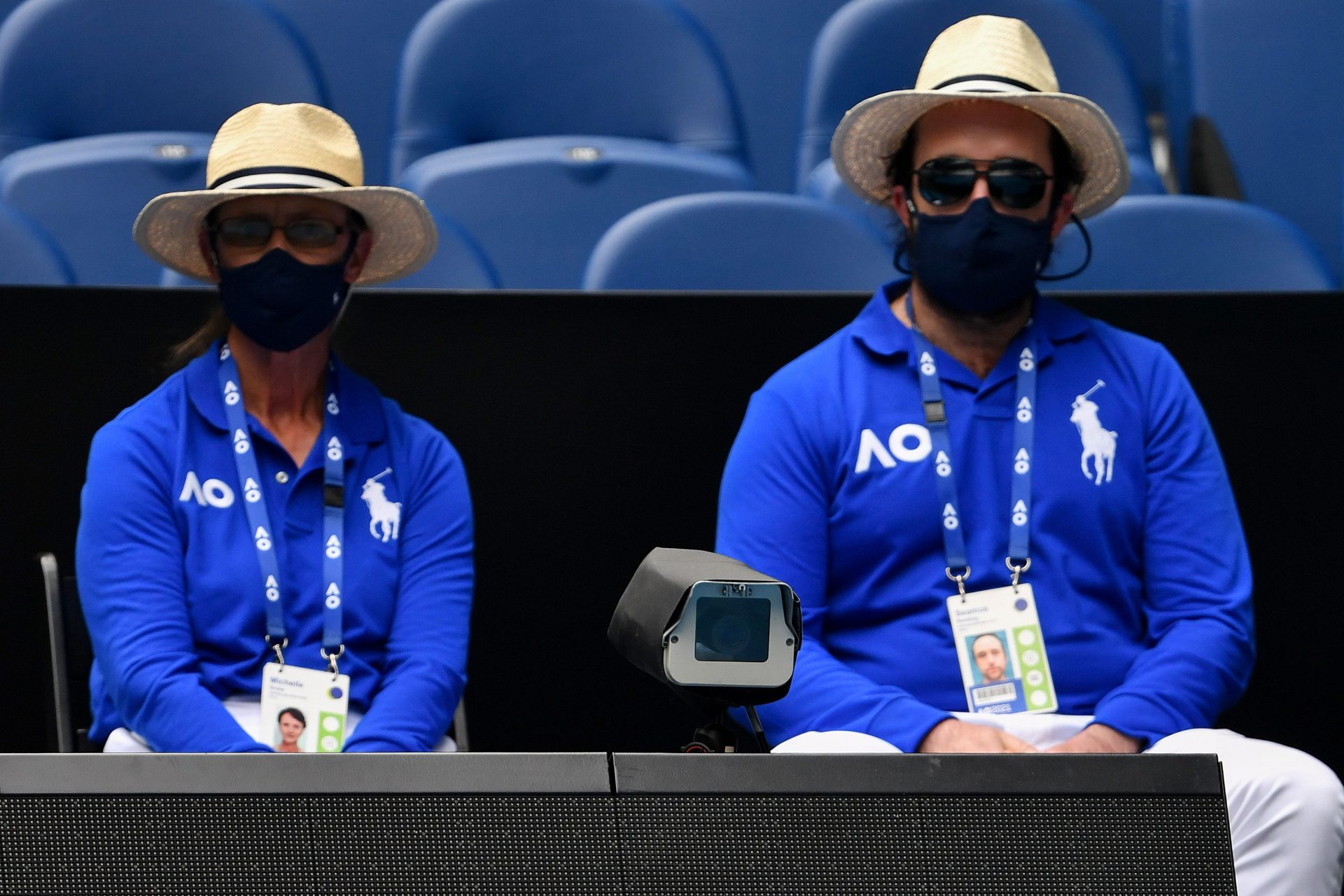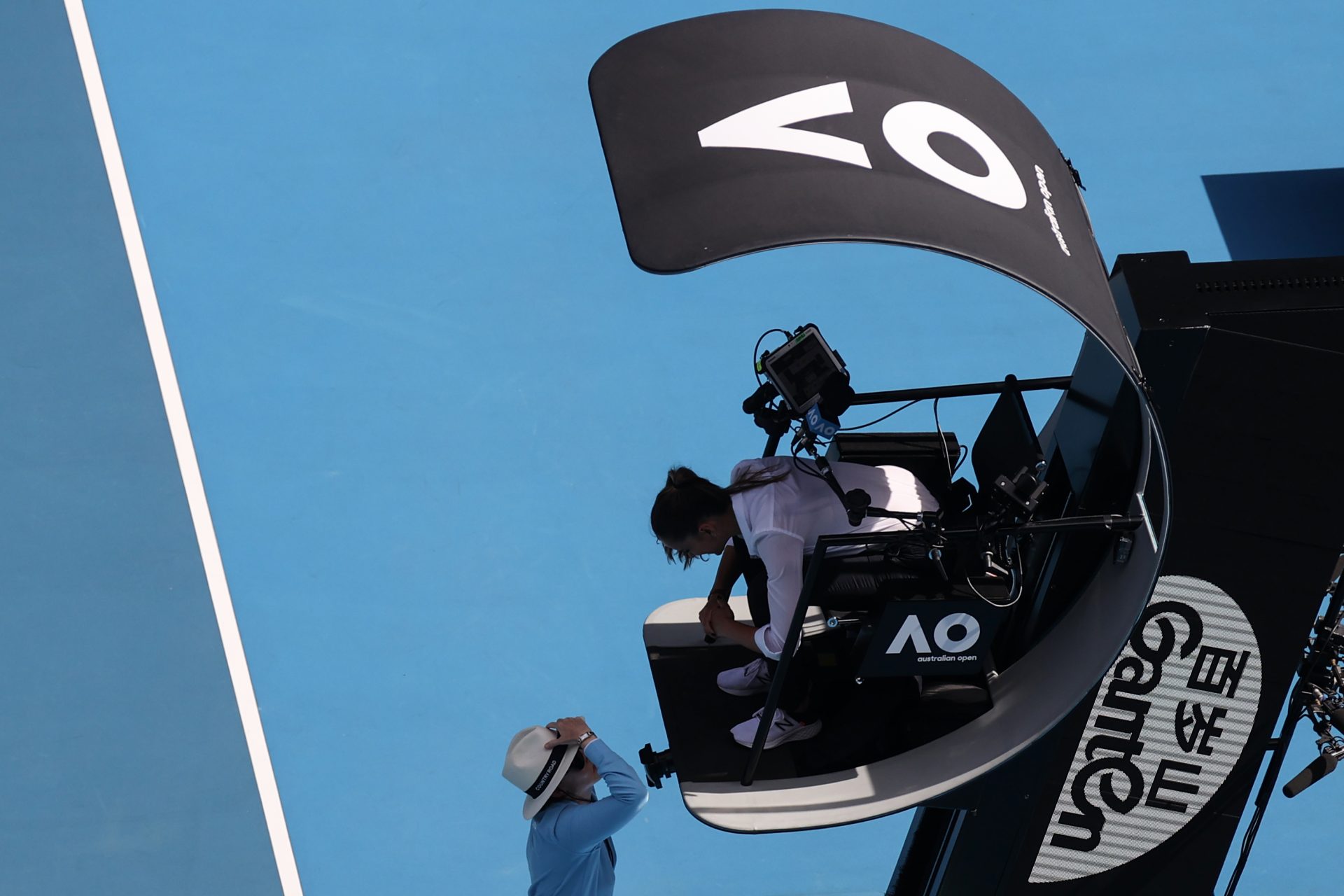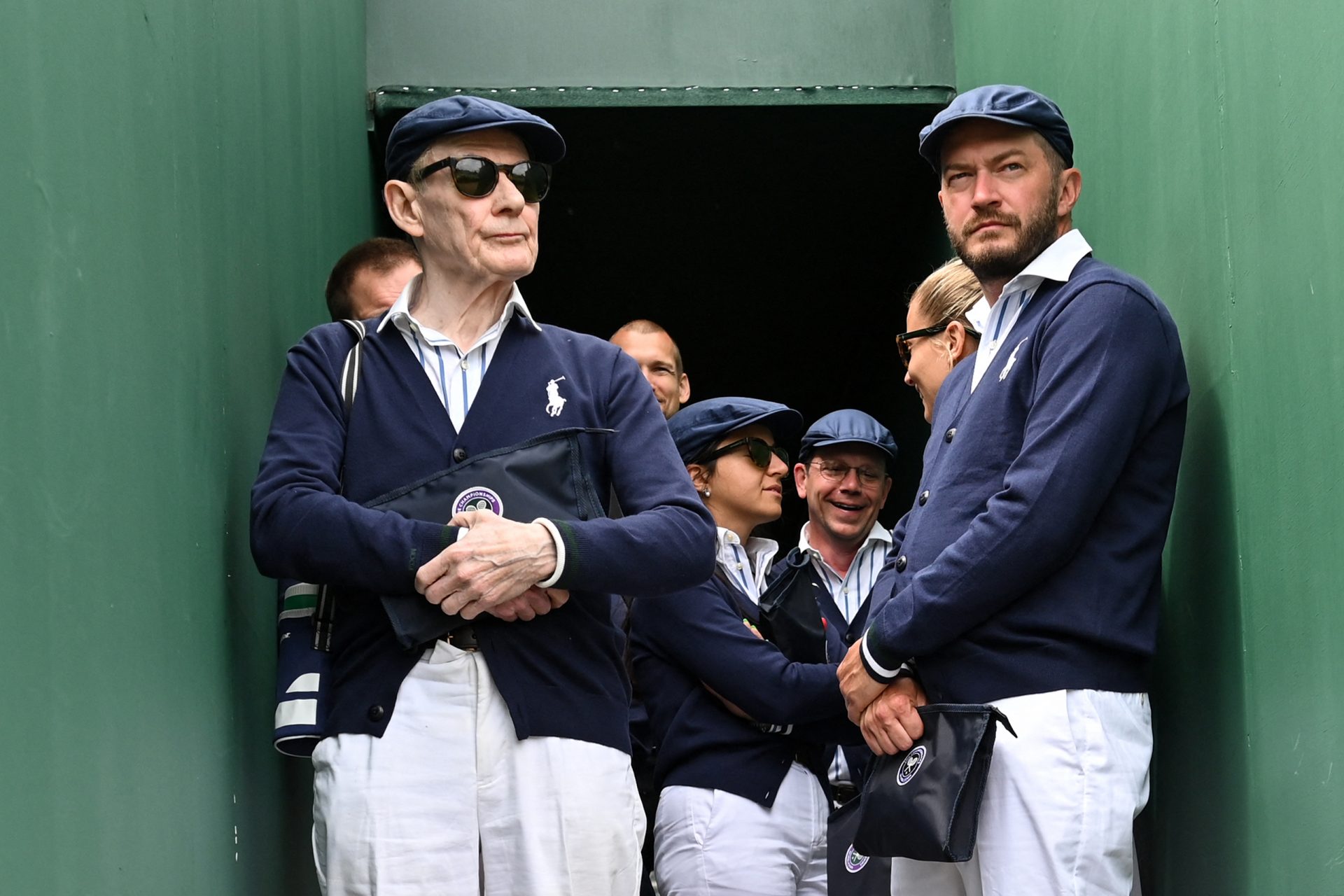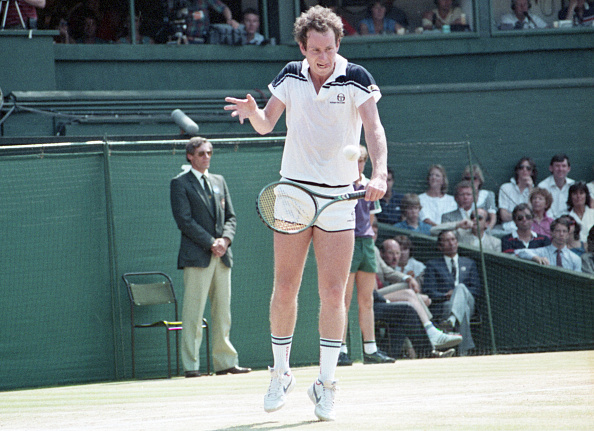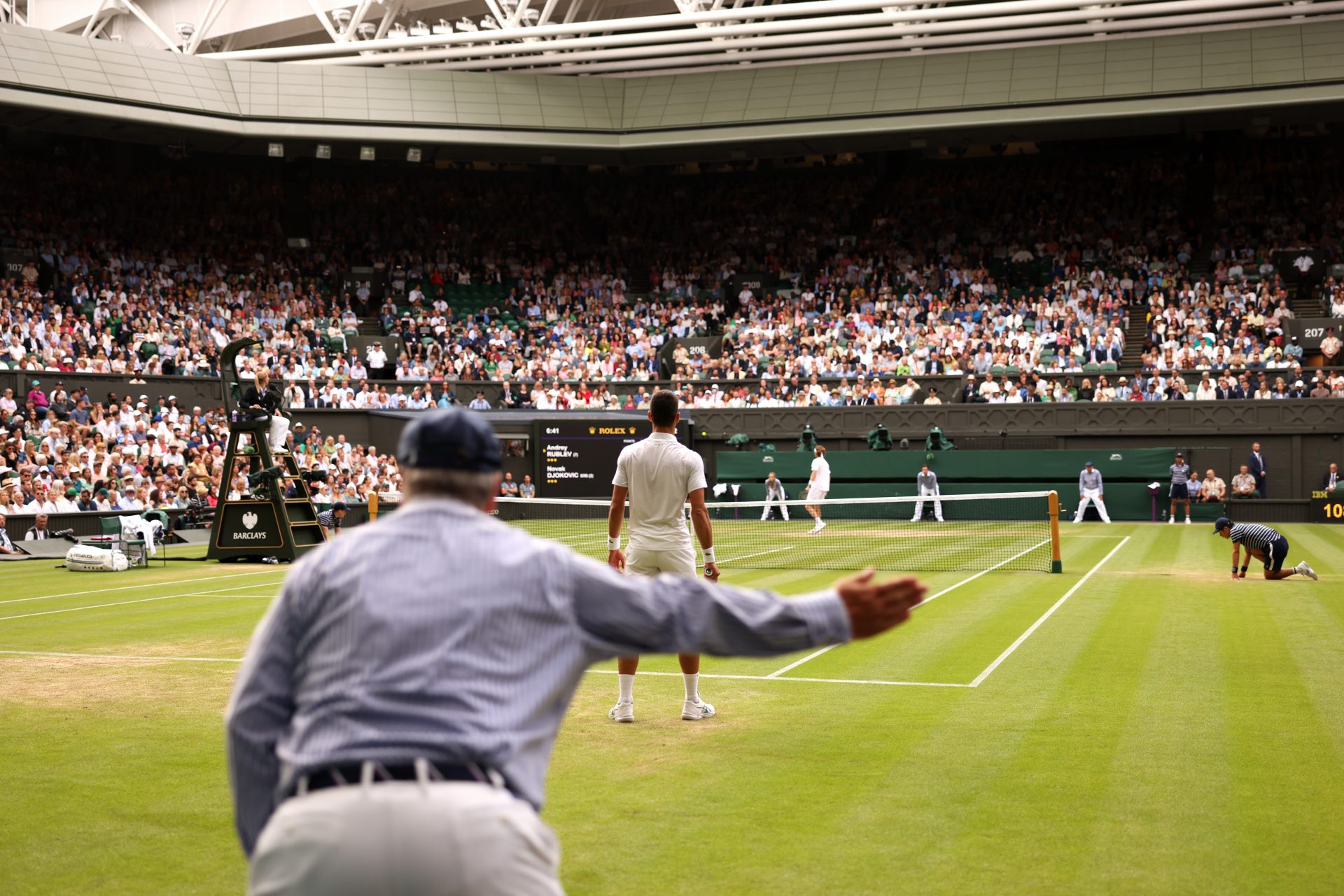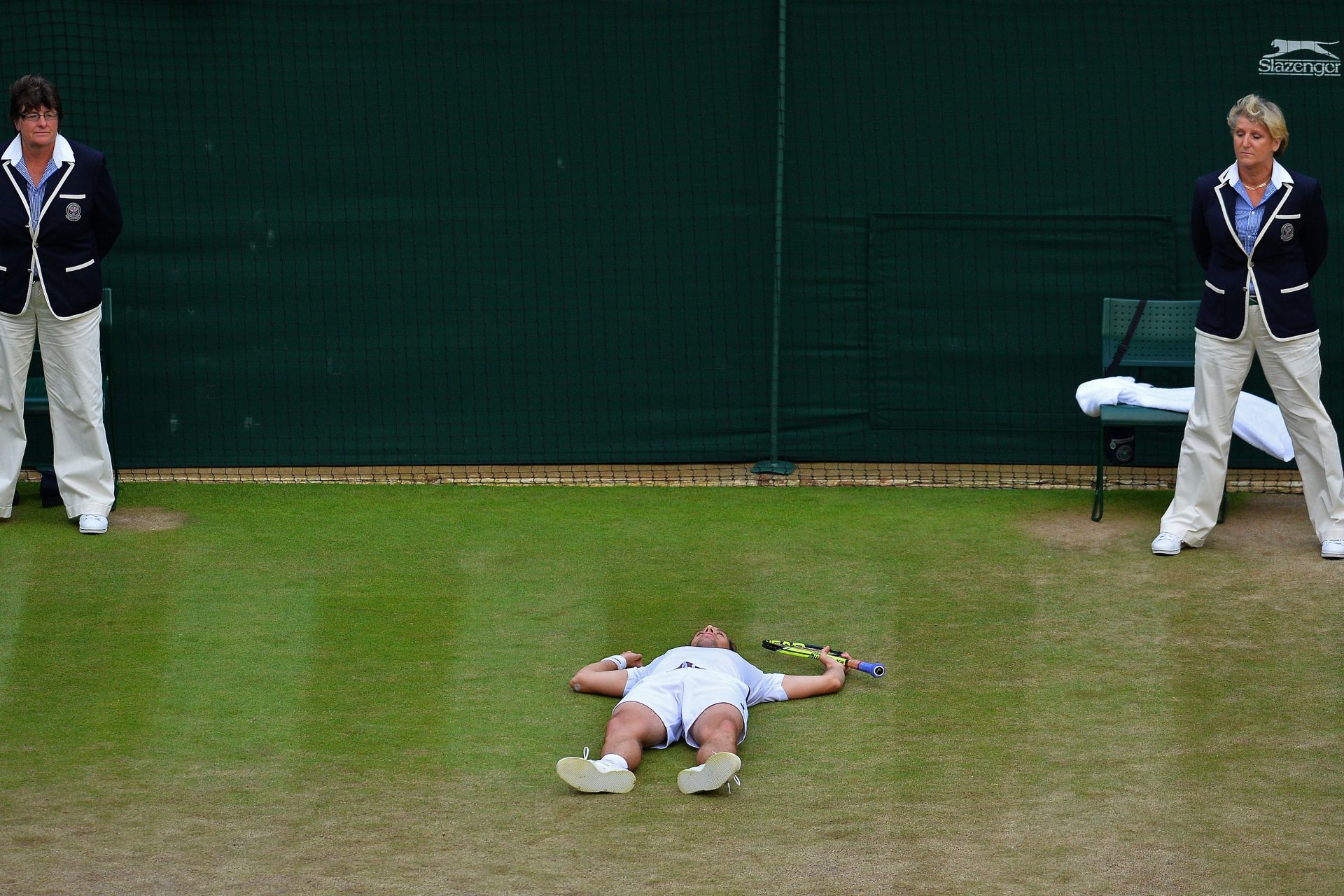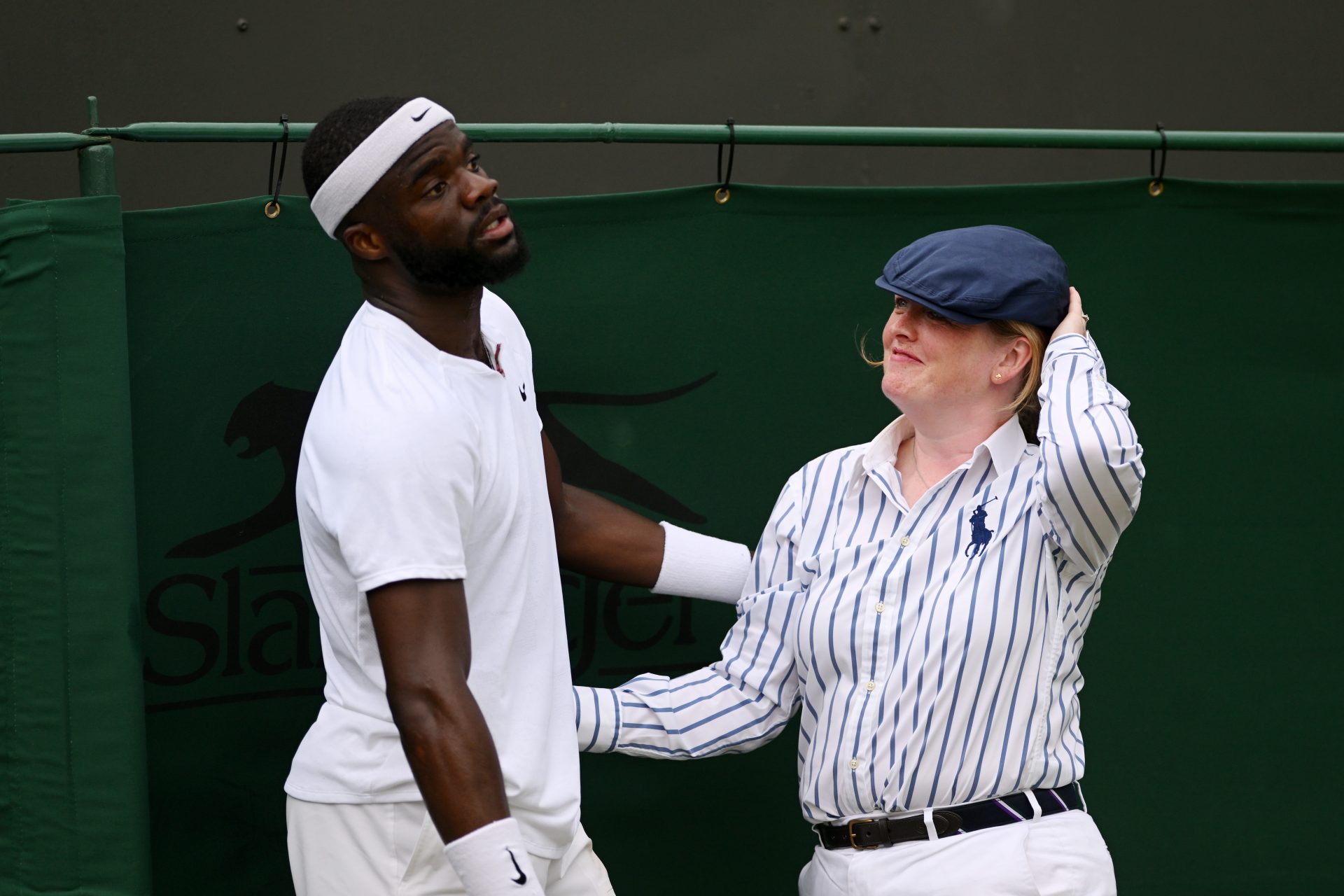Out with the old: Wimbledon ditches 147-year old tradition
In a historic shift, Wimbledon has ended a 147-year-old tradition, marking a bold step toward modernization and a new era for the world’s most iconic tennis tournament. As of 2025, the tournament will no longer feature its iconic line judges.
After 147 years of human line judging, the All England Club has decided to fully transition to electronic line calling technology, marking a new era for the sport. This move positions Wimbledon alongside other major tennis tournaments like the US Open and Australian Open, which have already embraced technology in the name of accuracy and fairness in officiating.
Since its inception in 1877, Wimbledon has prided itself on tradition, often resisting technological changes in favor of preserving the sport's heritage. However, the growing reliance on electronic line calling in modern tennis has finally pushed the prestigious tournament to reconsider its stance.
Want to see more like this? Follow us here for daily sports news, profiles and analysis!
Wimbledon’s chief executive, Sally Bolton, said the decision was made after "a significant period of consideration and consultation" as well as a test run of the technology, which occurred during this year's event.
"Having reviewed the results of the testing this year, we consider the technology to be sufficiently robust and the time is right to take this important step in seeking maximum accuracy in our officiating," Barton said, as reported by the Guardian.
"For the players, it will offer them the same conditions they have played under at a number of other events on tour."
While the official line may be that the move is about improving the accuracy of the results, the organisation is also set to benefit from having to spend less money on officiating.
As GB News reports, the tournament could potentially shed up to 300 jobs now, as it takes hundreds of officials to help cover the approximate 650 matches throughout the two-week tournament.
Line judges reportedly earn around £180 ($220/€210) a day at Wimbledon, depending on their experience, as GB News reports, so it could save the tournament more than £50,000 ($61,000/€58,000) in wages. While that might not seem like much for a tournament of this nature, that figure will obviously add up over the years.
While some may lament the disappearance of human line judges, the rise of electronic line-calling technology has been steadily gaining momentum across the tennis world. First introduced as a challenge system in the early 2000s, Hawk-Eye technology allowed players to dispute line calls made by human judges.
Over time, it became evident that this technology could serve not just as a backup but as the primary mode of officiating.
Want to see more like this? Follow us here for daily sports news, profiles and analysis!
While some players, such as Andy prefer Hawk-Eye for its straight down-the-line (pun not intended) judgment, as he told The Independent in 2014, others have been less quick to embrace it.
Roger Federer famously declared his issues with Electronic Line Calling in 2007, saying: "If I'm going to go against it, people will always say he doesn't agree whatsoever. I don't know how they developed this machine, if they took all possibilities into account: the way the ball travels, the way it bounces, 3D, the whole thing," he said as reported by Eurosport.
The US Open became the first Grand Slam tournament to adopt electronic line-calling on the majority of its courts during the COVID-19 pandemic in 2020. The Australian Open soon followed suit, with similar systems in place across all its courts by 2021.
While this technological shift could be seen as a positive step forward in the pursuit of accuracy, it undeniably marks the end of an era. Line judges have long been an integral part of Wimbledon’s charm, standing stoically on the pristine grass courts in their traditional uniforms. Little things like this have helped create the aura around Wimbledon.
Of course, the human element in officiating has been a double-edged sword throughout tennis history. On one hand, mistakes made by line judges have led to some of the sport’s most controversial and dramatic moments.
On the other, these mistakes added a human element to the game, creating memorable talking points for fans and players alike.
In any case, by replacing line judges with electronic systems, Wimbledon is ensuring that such moments of error and drama are less frequent, but it may also eliminate some of the unpredictability that fans have grown accustomed to over the years.
So while Electronic Line Calling may be seen as the most accurate way of officiating a tennis match, is it really improving the fan experience? We're not so sure...
Want to see more like this? Follow us here for daily sports news, profiles and analysis!
More for you
Top Stories




